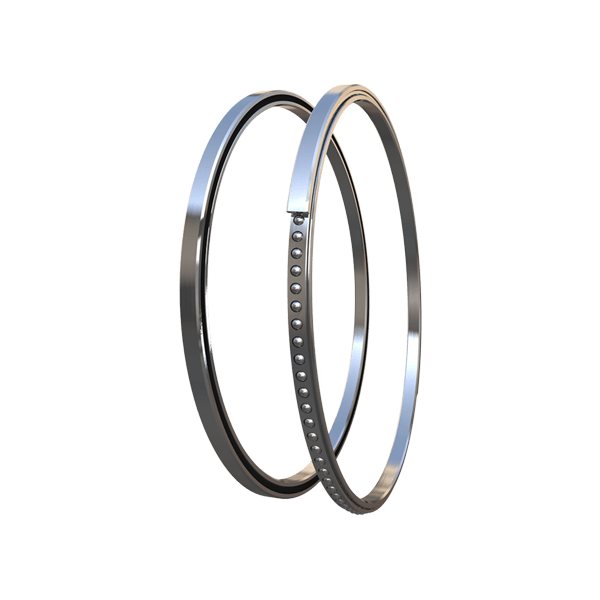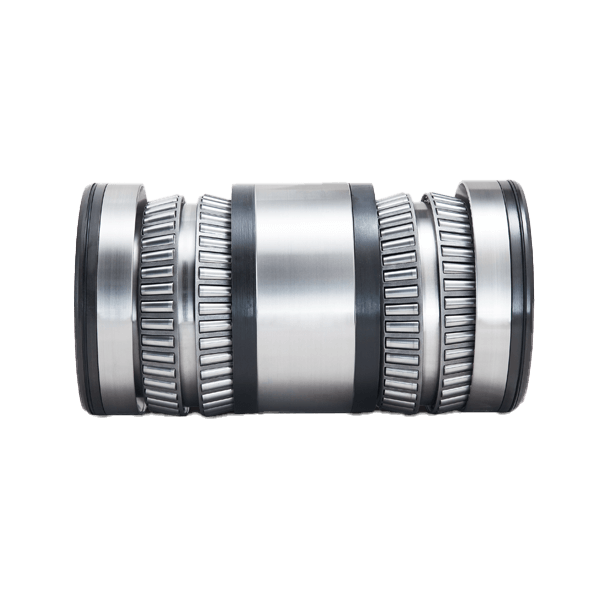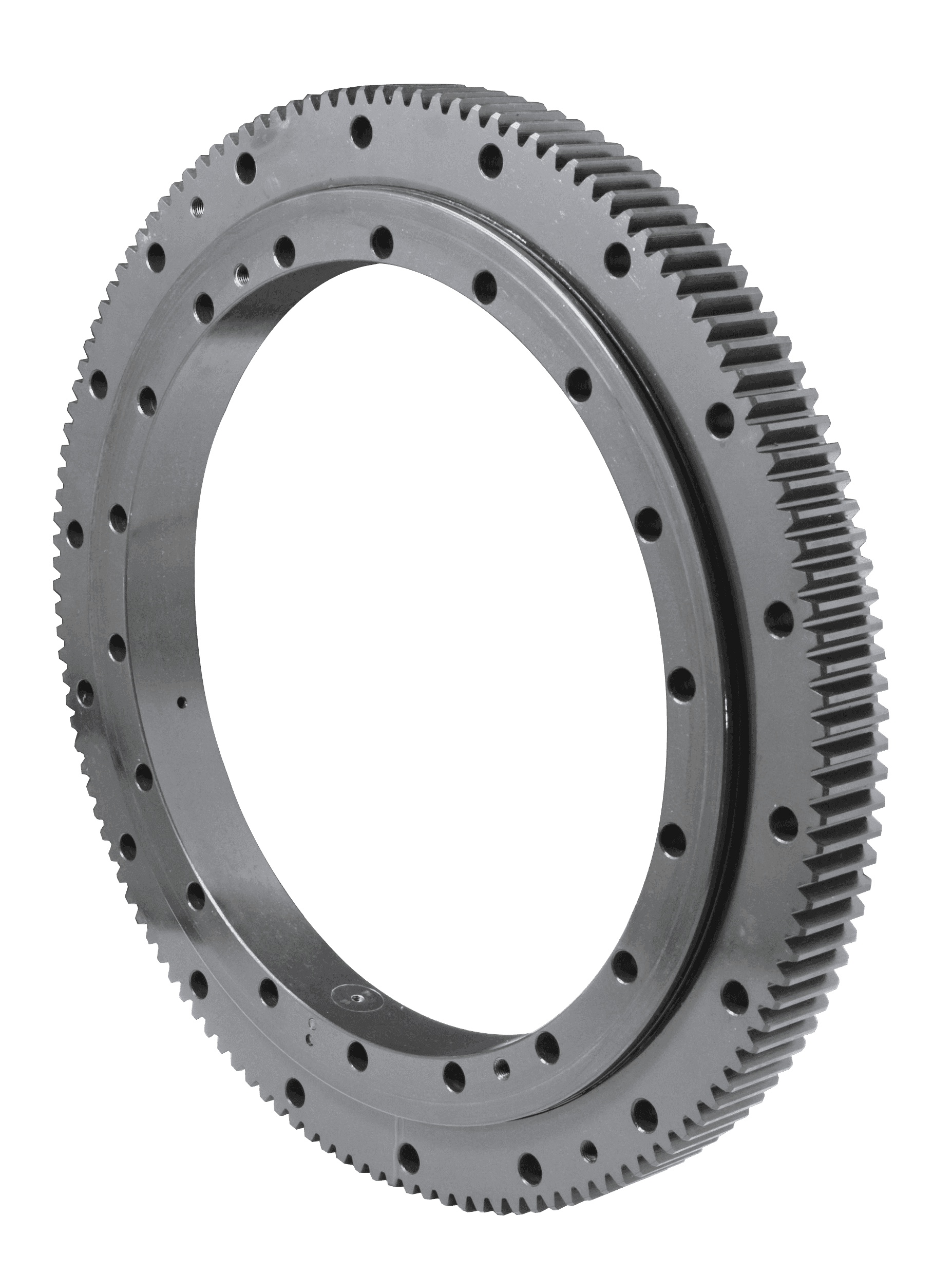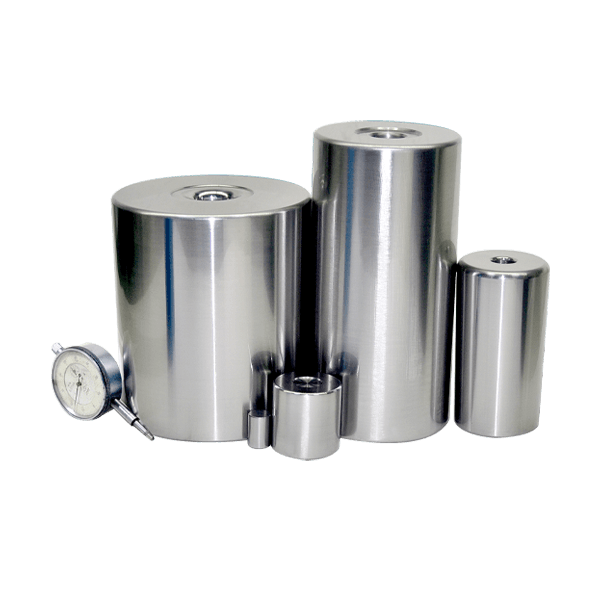On the premise of ensuring high rigidity of the system, the ring and rolling of the thin-walled bearing are a suitable combination to reduce volume and weight. Therefore, designers are constantly moving towards the use of such thin-walled bearings, which is convenient for reducing the size of the rotating connecting rod and controlling the size of the product.
Thin-walled bearings are a kind of mechanical support elements. Users of thin-walled bearings deeply hope that the bearings installed on the host will not be damaged and maintain their dynamic performance within the predetermined service life. However, objective facts are sometimes not as satisfactory as expected. Sudden bearing failure accidents will cause great losses to users.
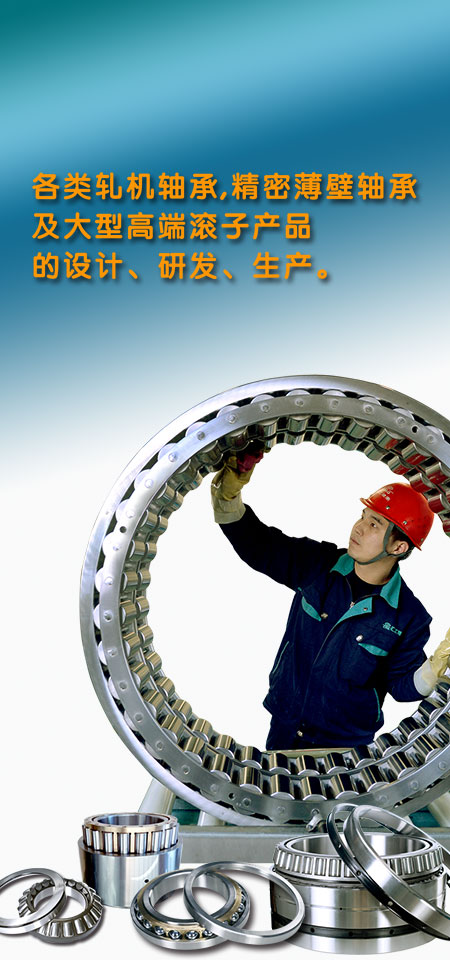
If the lubrication and installation parts are appropriate, the temperature of the thin-walled bearing will rise suddenly, resulting in abnormally high temperature. At this time, stop running and take necessary precautions. A large number of thin-walled bearing failure analysis studies have shown that the short life or premature loss of precision of thin-walled bearings is caused by material defects or improper manufacturing, but the abnormal damage of thin-walled bearings is largely caused by failure to strictly install and maintain bearings in accordance with the use requirements, improper selection of thin-walled bearings, or actual loads exceeding the rated loads of thin-walled bearings.
For heavy loads, low-permeability grease should be selected to work under high pressure. In addition to low permeability, the grease should also have high oil film strength and pressure performance. When selecting thin-walled bearing grease according to environmental conditions, calcium-based grease is insoluble in water and is therefore suitable for dry and less moisture environments.

